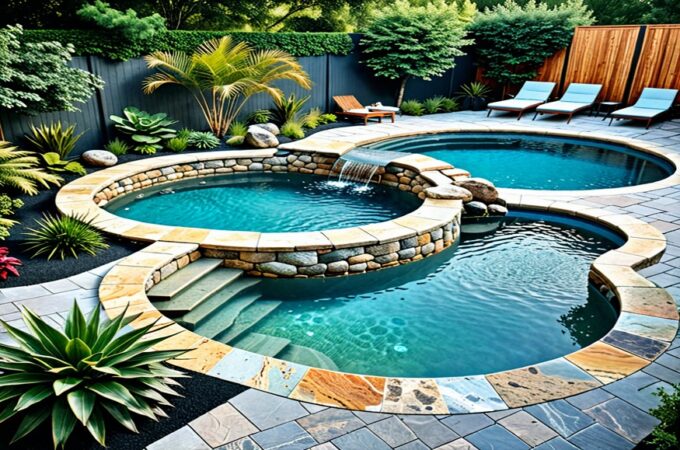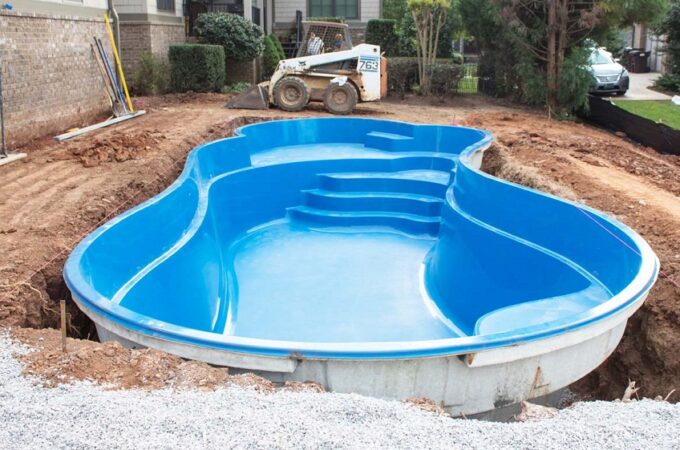
Creating A Poolside Habitat: Inviting Birds And Wildlife While Keeping Your Pool Clean
A backyard pool is a quintessential feature of Australian homes, offering a refreshing escape from the summer heat. But pools can also be part of a thriving ecosystem, providing a haven for birds and wildlife. Creating a poolside habitat can enhance the beauty of your outdoor space and support local biodiversity. However, it’s essential to balance this with maintaining a clean and safe pool environment. Here’s how you can invite nature to your poolside without compromising on hygiene and functionality.
Understanding the Benefits of a Poolside Habitat
Inviting wildlife to your pool area has advantages. Birds, bees, and butterflies contribute to pollination, while frogs and lizards can help control insect populations. Beyond the ecological benefits, a poolside habitat offers aesthetic and sensory rewards, turning your backyard into a tranquil retreat filled with birdsong and vibrant plants.
A thoughtfully designed habitat can also foster a deeper connection with nature, providing educational opportunities for children and a relaxing environment for adults. However, careful planning is necessary to ensure your pool remains clean and free from debris.
Choosing Native Plants for Your Poolside
The cornerstone of any wildlife-friendly garden is the selection of plants. Native Australian plants are ideal, as they are adapted to the local climate and require minimal maintenance. They also attract native birds and insects, ensuring your habitat supports the local ecosystem.
Consider planting shrubs like grevilleas or bottlebrushes, which provide nectar for birds. Grasses such as kangaroo paw add texture and colour while attracting pollinators. Groundcovers like creeping boobialla can stabilise soil and reduce erosion, making them perfect for poolside landscaping.
When positioning plants, avoid placing them too close to the pool to minimise leaf litter and debris. Opt for species with minimal leaf drop and non-invasive root systems to prevent clogging pool filters or damaging infrastructure.
Providing Water Sources for Wildlife
While your pool may seem like an inviting water source, it’s not suitable for wildlife due to chlorine and other chemicals. Instead, provide alternative water sources, such as birdbaths, shallow dishes, or small ponds. These should be placed in shaded areas, away from the pool, to create a safe and accessible drinking spot for animals.
Ensure these water sources are cleaned regularly to prevent the spread of disease. Adding rocks or branches allows small animals to climb out easily, reducing the risk of drowning.
Creating Shelter and Nesting Spaces
Wildlife needs shelter to feel secure. Incorporate elements like shrubs, trees, and hollow logs to provide hiding spots and nesting opportunities. Nesting boxes can attract specific bird species, while dense foliage offers cover for smaller animals.
When adding shelter, consider the habits of local wildlife. For example, placing a nesting box high in a tree can attract parrots, while low-lying ground covers can create a safe haven for lizards and frogs. Avoid using chemicals or pesticides in your landscaping, as these can harm wildlife.
Managing Pool Cleanliness
One of the main concerns with creating a poolside habitat is maintaining pool hygiene. To strike a balance, invest in a high-quality pool cover to keep out leaves and debris when the pool is not in use. Regular skimming and cleaning will also help maintain water quality.
A robotic pool cleaner can save time and effort, efficiently removing debris without disturbing your habitat. Additionally, ensure your pool’s filtration system is in good working order to prevent build-up of contaminants.
Safeguarding Wildlife Around the Pool
Pools can pose a risk to small animals and birds that may accidentally fall in. Installing a pool fence with a self-closing gate is essential for safety. To further protect wildlife, consider adding escape ramps or placing floating devices in the water to give animals a way out.
Covering pool drains and skimmer boxes with mesh screens can prevent small creatures from getting trapped. Regularly check these areas to ensure no wildlife has been caught.
Attracting Birds and Pollinators
Birds and pollinators are vital for maintaining a thriving ecosystem. To attract them, include flowering plants that produce nectar and seeds. Colourful native flowers such as banksias and wattles are particularly appealing to birds and bees.
Installing bird feeders can supplement natural food sources, especially during dry seasons. Choose feeders designed for native species and clean them frequently to prevent disease.
Incorporating Sustainable Practices
Sustainability is key to creating a harmonious poolside habitat. Use organic mulch to retain soil moisture and suppress weeds, reducing the need for chemical herbicides. Opt for solar-powered pool heaters and lights to minimise your environmental impact.
Harvesting rainwater to irrigate your garden is another eco-friendly practice. Installing a rainwater tank can help conserve water while keeping your habitat lush and inviting.
Balancing Aesthetics and Functionality
A pools newcastle habitat should be both beautiful and practical. Design your landscaping with a mix of textures, colours, and heights to create visual interest. Incorporate pathways or stepping stones to allow easy access to the pool while protecting delicate plants.
Lighting can enhance the ambience of your pool area at night. Choose solar-powered garden lights to highlight features such as trees, shrubs, or water sources without disrupting wildlife.
Educating and Engaging the Family
Involving your family in the creation and maintenance of a poolside habitat can be a rewarding experience. Teach children about the importance of biodiversity and encourage them to observe and document the wildlife that visits your garden. This hands-on learning fosters a sense of responsibility for the environment and deepens their appreciation for nature.
Organise activities like planting days or wildlife-spotting sessions to keep everyone engaged. Sharing the joy of creating a habitat strengthens family bonds and instils a lifelong respect for the natural world.
Conclusion
Creating a poolside habitat that invites birds and wildlife while keeping your pool clean is a rewarding endeavour that enhances your outdoor space’s beauty and functionality. By selecting native plants, providing water sources, and incorporating sustainable practices, you can create a sanctuary that supports local biodiversity.
With careful planning and maintenance, it’s possible to strike a harmonious balance between enjoying a clean, safe pool and fostering a vibrant ecosystem. By taking the plunge into creating a poolside habitat, you’re not only enriching your backyard but also contributing to the preservation of Australia’s unique wildlife.


